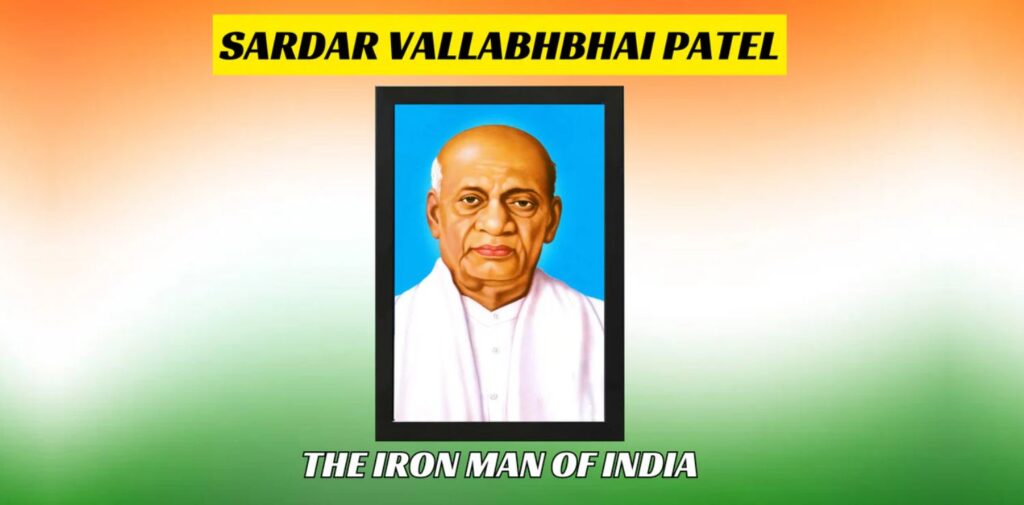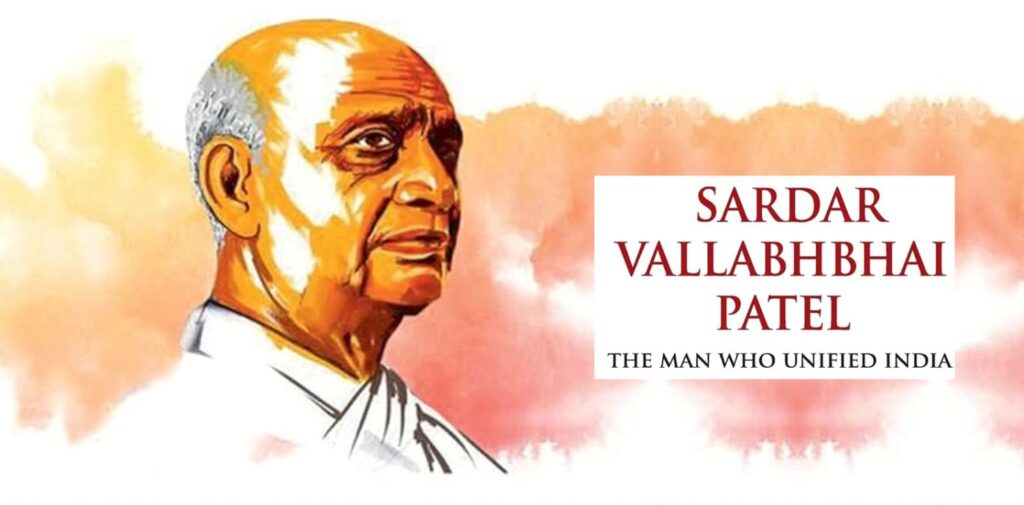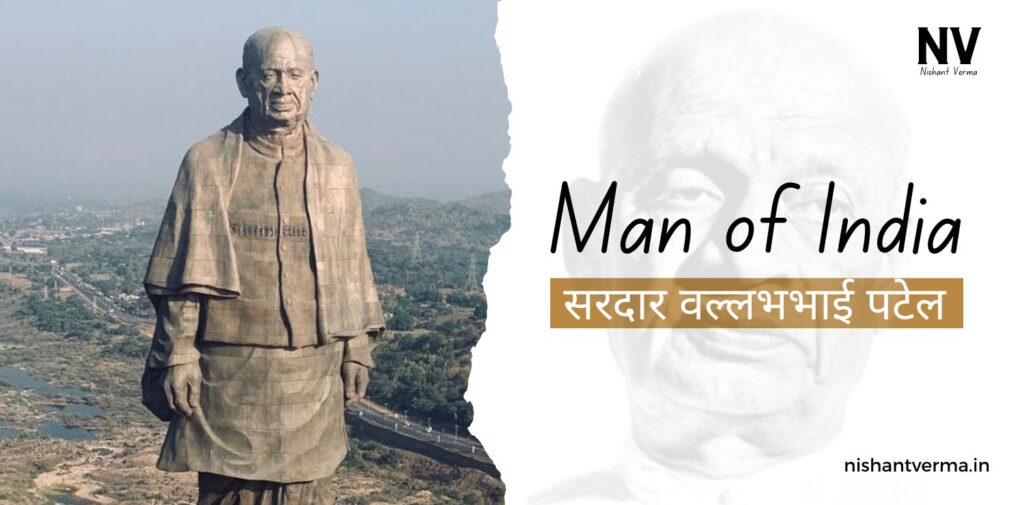The title of Iron Man in India is famously attributed to Sardar Vallabhbhai Patel, a pivotal figure in India’s struggle for independence and its subsequent unification. He earned this title from the Indian people due to the strength of his commitment and remarkable ability to integrate all 562 princely states into one cohesive nation. Patel’s leadership, strategic foresight, and unwavering dedication to the idea of a united India make him a national hero. This article delves into his life, his significant contributions, and how he played a crucial role in unifying India.
Early Life
Sardar Vallabhbhai Patel was born on October 31, 1875, in Nadiad, Gujarat, into a modest farming family. His father was a farmer, and his mother was a homemaker. Despite financial challenges, Patel’s parents emphasized the importance of education. He excelled academically and later pursued a law degree in England. After becoming a barrister, he returned to India to practice law in Ahmedabad, where he built a successful legal career and earned a reputation for his honesty and integrity.

Entry into Politics
Patel’s political journey began in the early 1910s when he joined the Indian National Congress. Initially focused on social justice, he became a champion for farmers’ rights. His leadership during the Kheda Satyagraha in 1918 was a defining moment in his political career. When farmers in Kheda district faced crop failures and were unable to pay taxes, Patel led the movement, successfully negotiating with British authorities to exempt the farmers from taxes. This victory highlighted his leadership skills and marked his emergence as a significant political figure in the freedom movement.
Working closely with Mahatma Gandhi, Patel participated in various movements, including the Non-Cooperation Movement and the Civil Disobedience Movement. His ability to mobilize the masses and organize protests showcased his exceptional leadership qualities.
The Challenge of Unifying India
After India gained independence in 1947, the country faced the monumental challenge of unifying over 562 princely states. Each of these states was ruled by its own monarch, posing a significant threat to the integrity of the newly formed nation. Many rulers were reluctant to join the Indian Union, fearing the loss of their power and autonomy.
As the first Deputy Prime Minister and Minister of Home Affairs, Patel took on the daunting task of integrating these princely states into India. His steadfast belief in a united India, along with his exceptional negotiation skills, was instrumental in this process. He understood that without unity, the country would struggle to survive against both external and internal challenges.

Strategic Negotiations
Patel crafted the “Instrument of Accession,” a legal document that allowed princely states to join the Indian Union. His diplomatic approach involved a combination of persuasion, strategic negotiation, and firmness. Patel personally engaged with many rulers, effectively conveying the benefits of joining the Indian Union while ensuring that their concerns were addressed.
One notable example of his diplomatic skill was his negotiation with the Maharaja of Kashmir, Hari Singh. Initially hesitant to join India, the Maharaja faced external threats from tribal invaders. Patel assured him of military protection, which ultimately led to Kashmir’s accession to India. Similarly, his negotiations with other rulers, such as the Nizam of Hyderabad and the Maharaja of Mysore, were crucial. Through strategic communication, Patel was able to convince many leaders of the importance of unity and stability for the future of India.
Overcoming Challenges
The process of unification was fraught with challenges. Patel faced opposition from various regional leaders and encountered fierce resistance from those unwilling to cede their sovereignty. The violent aftermath of partition created communal tensions, leading to mass migrations and tragic loss of life.
Despite these obstacles, Patel remained committed to a united India. He believed that a strong central government was essential for maintaining order and fostering development. His leadership during this tumultuous period demonstrated his capability to navigate complex issues while prioritizing national integrity.
Lasting Legacy
Sardar Vallabhbhai Patel’s contributions to India’s unity and integrity are monumental. His vision laid the groundwork for a stable and prosperous nation. Patel’s policies emphasized agriculture, education, and industrial development, and he established key institutions that would be crucial for India’s growth.
Today, he is not only remembered as a political leader but also as a visionary who championed the idea of unity in diversity. His belief in a united India continues to inspire people across the country. Patel’s leadership during a critical period in history showcases his importance in shaping modern India.

The Statue of Unity
To honor his remarkable contributions, the Government of India inaugurated the “Statue of Unity” in 2018. Standing at a staggering 182 meters, it is the tallest statue in the world and symbolizes Patel’s pivotal role in unifying India. Located near the Sardar Sarovar Dam in Gujarat, the statue has become a major tourist attraction and a site of national pride, reminding everyone of Patel’s enduring legacy.
Conclusion: Iron Man in India
Sardar Vallabhbhai Patel, the Iron Man of India, exemplified strength, determination, and exceptional leadership. His tireless efforts to unify the nation after independence have left a lasting impact on India’s history. As we reflect on his life and contributions, it is essential to celebrate the values he represented: unity, integrity, and a commitment to the welfare of all citizens.
Patel’s legacy continues to inspire future generations, urging us to embrace our differences while striving for common goals. His vision of a united India remains relevant today, and he rightfully holds the title of the Iron Man of India—an enduring symbol of leadership whose contributions will be honored for generations to come.




